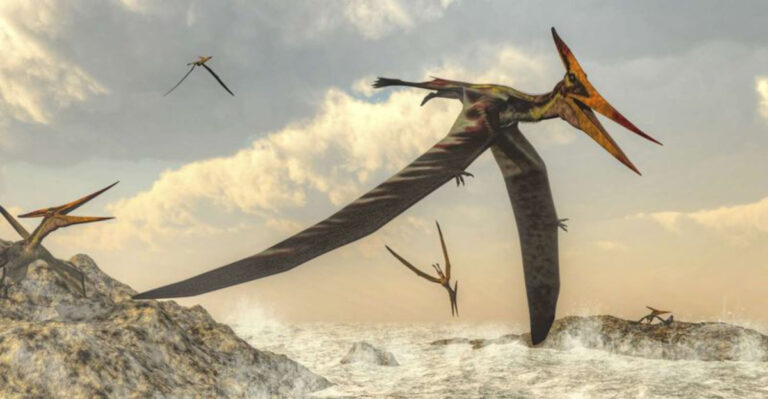These Are The 16 Smallest Crustaceans Ever Spotted In The U.S.
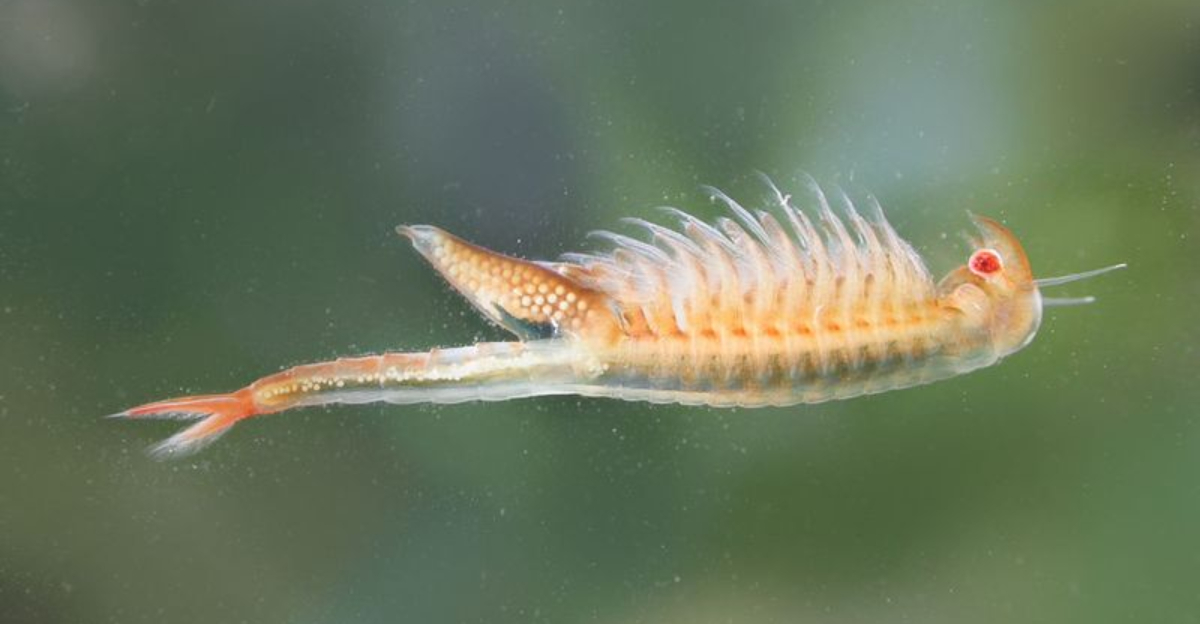
Crustaceans come in all shapes and sizes, but this list focuses on the smallest marvels gracing the United States.
Get ready for a journey into the miniature world of crustaceans you might just step over without knowing.
1. Microcerberidae (Microcerberid Isopods)
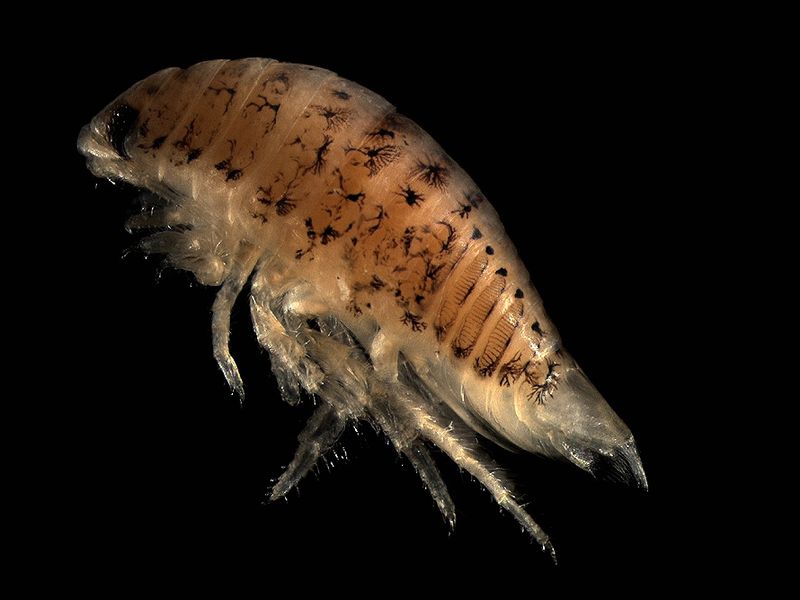
Ever miss a grain of sand? These isopods sure don’t! At just 0.3 mm, Microcerberidae live between sand grains in freshwater and marine habitats, making them masters of tiny spaces.
They’ve evolved to thrive in places where others can’t even squeeze in. Their bodies are streamlined for navigating these tight niches.
What secrets do these little critters hold about the vast ecosystems lurking in the grains? Perhaps the next big discovery is waiting in the smallest places.
2. Hay’s Spring Amphipod (Stygobromus Hayi)
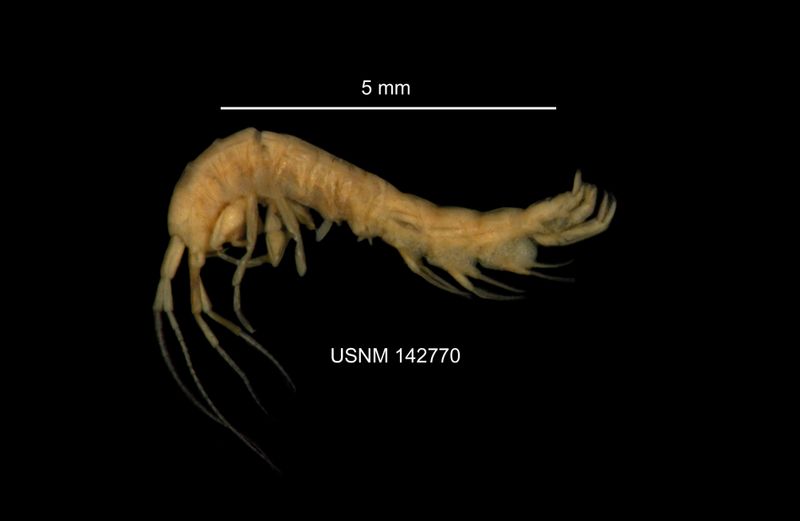
Not many can claim exclusive residency in the U.S. capital! Hay’s Spring Amphipod is a true local, found only in the groundwater of Washington, D.C.
At about 5 mm, this rare amphibious creature is all about the underground scene. It’s a testament to life’s ability to adapt and survive in the most unexpected places.
These unique amphipods remind us of the hidden ecosystems thriving beneath our bustling cities. Who would have thought such rare gems exist right under our feet?
3. Gammarus Hyalelloides

Small but mighty, Gammarus hyalelloides makes its home in the freshwater systems of Texas, measuring just about 5 mm.
This little amphipod plays a significant role in its ecosystem, contributing to the aquatic food web as both a consumer and a prey item.
It’s a living example of how even the smallest creatures are vital to maintaining ecological balance. Ever wondered how massive ecosystems are held together?
Sometimes, it’s the small threads that keep it all intact.
4. California Fairy Shrimp (Linderiella Occidentalis)

When rain graces California, so does the California Fairy Shrimp. This 1 cm wonder thrives in seasonal freshwater pools, making the most of its limited aquatic time.
Its ephemeral life is a dance with nature’s rhythms, synchronizing with cycles of wet and dry. These shrimp are a testament to adaptability, capturing the essence of life’s fleeting beauty.
Ever catch yourself marveling at the little things? This shrimp does it every season, knowing the clock is ticking.
5. Vernal Pool Fairy Shrimp (Branchinecta Lynchi)
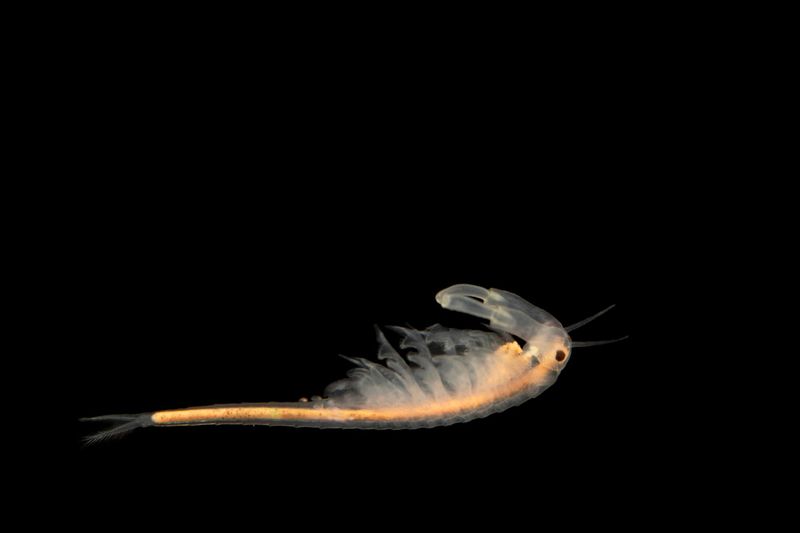
Rain whispers life into temporary pools, and with it, the Vernal Pool Fairy Shrimp emerges. At roughly 1.5 cm, this shrimp spends its days in the seasonal waters of California and Oregon.
It’s a creature of timing, relying on Mother Nature’s calendar. When the pools vanish, so does its habitat. But while it’s there, it’s a master of survival, dancing to the rhythm of the rains.
Ever wondered about nature’s seasonal magic? These shrimp are central to it.
6. San Diego Fairy Shrimp (Branchinecta Sandiegonensis)
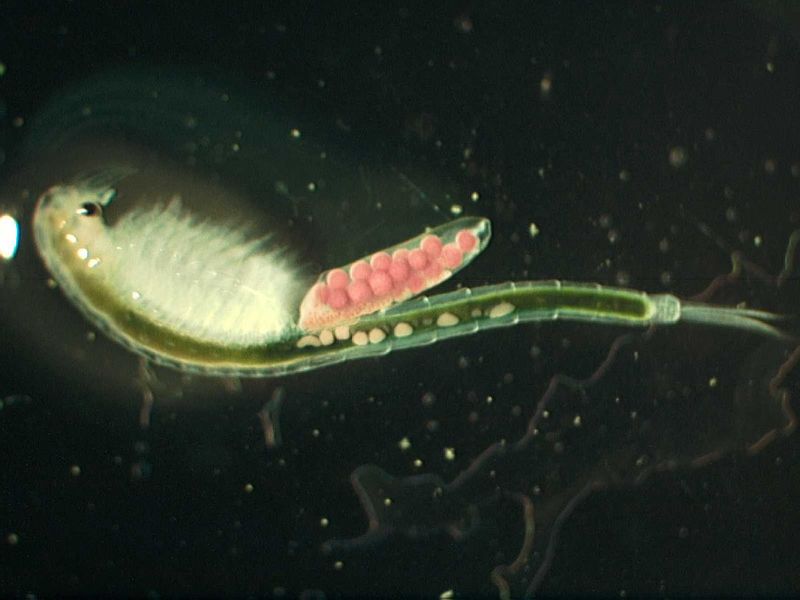
San Diego might be known for beaches, but it’s also home to the San Diego Fairy Shrimp. Measuring around 1.5 cm, these charming creatures inhabit seasonal pools, relying on the ebb and flow of rain.
Their existence speaks to the delicate balance of ecosystems, where one missed rain can make all the difference.
In their brief but vibrant life, they remind us of the beauty in impermanence. Ever feel like life is just a fleeting splash? These shrimp do.
7. Longhorn Fairy Shrimp (Branchinecta Longiantenna)

With antennae that seem too large for its tiny body, the Longhorn Fairy Shrimp is a sight to see. About 1.5 cm long, these shrimp are the longhorns of the shrimp world, metaphorically speaking.
Limited in range, they inhabit temporary pools in California. Their long antennae set them apart, giving them an edge in sensing the world around them.
In nature’s beauty pageant, these shrimp might not win for size but certainly for unique flair!
8. Riverside Fairy Shrimp (Streptocephalus Woottoni)
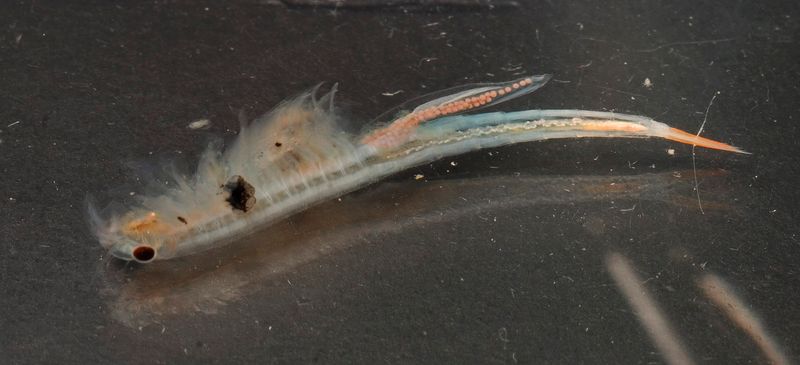
Riverside Fairy Shrimp may sound like nature’s joke, but they’re the real deal. Found only in certain areas of Southern California, these little crustaceans measure around 1.5 cm.
Their existence is as much a miracle as it is a mystery, thriving in ephemeral waters. Picture them gliding through their liquid world, unaware of their enchanting, albeit brief, presence.
Doesn’t nature’s creativity make you smile? These shrimp are the punchline to a delightful aquatic riddle.
9. Kentucky Cave Shrimp (Palaemonias Ganteri)
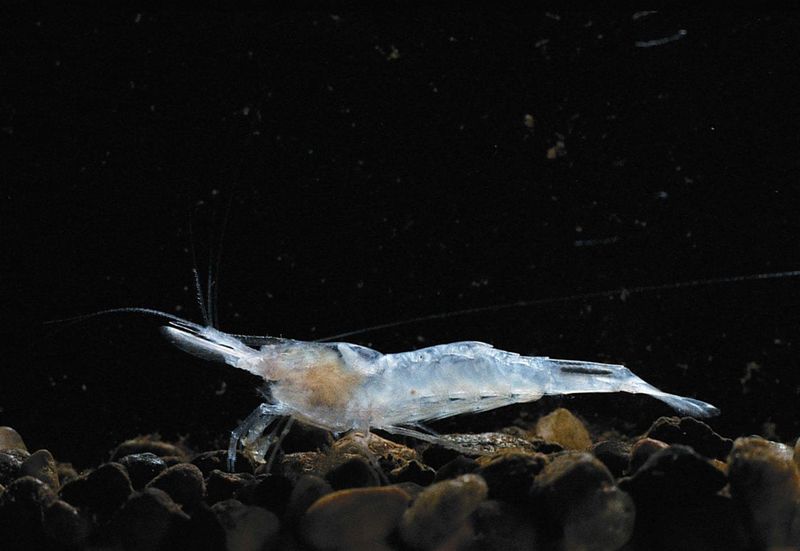
In the dark waters of Kentucky caves, the Kentucky Cave Shrimp reigns unseen. Reaching up to 3 cm, these eyeless wonders navigate the underworld without sight.
Their adaptation is nature’s way of thriving in absolute darkness. These shrimps are a reminder that life finds a way, even without the sun’s guidance.
In the world of shadows, they’re the luminaries, showing that vision isn’t always about seeing. Ever wondered what secrets the dark holds? These shrimp live it daily.
10. Alabama Cave Shrimp (Palaemonias Alabamae)
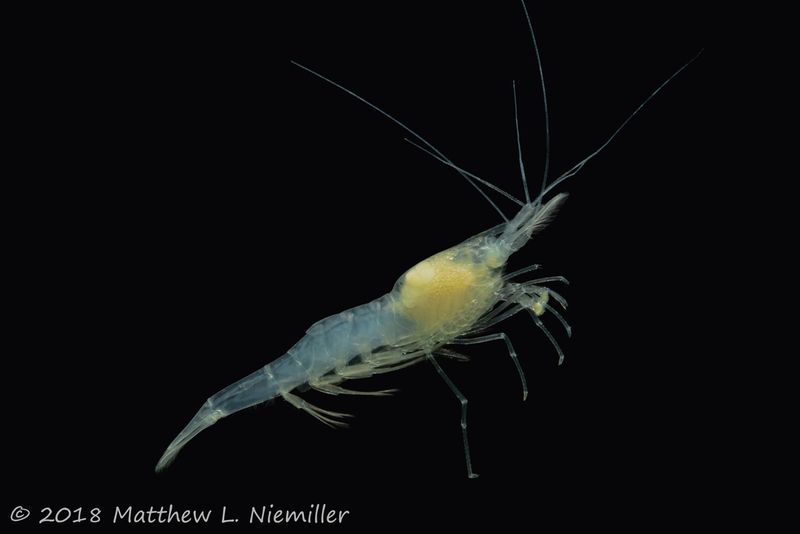
Alabama’s caves hide an eyeless marvel—the Alabama Cave Shrimp. About 3 cm long, these shrimp live in the shadows, embracing a world without light.
Their existence challenges our notions of what’s possible in darkness. Imagine navigating through pitch-black waters without bumping into fellow cave residents.
Their adaptation to blindness is nature’s quirky way of saying, “Who needs eyes anyway?” Ever think about what it’s like to swim in the dark? These shrimp are experts!
11. Squirrel Chimney Cave Shrimp (Palaemonetes Cummingi)
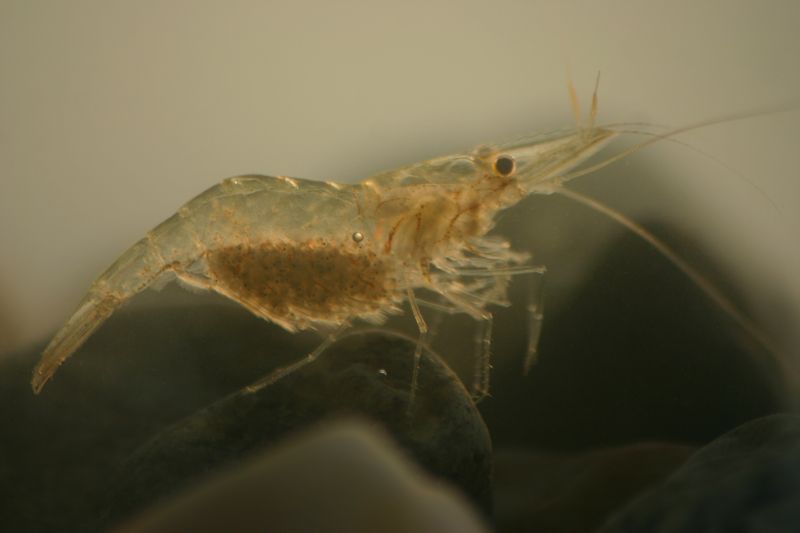
Down in Florida’s underground waters, the endangered Squirrel Chimney Cave Shrimp makes its home.
These petite crustaceans are more than just a quirky name; they’re a symbol of survival in Florida’s unique subterranean ecosystems.
Their existence in such hidden realms reminds us of nature’s unexpected paths. Imagine a world where your neighbors are other cave-dwelling curiosities.
Isn’t it fascinating how life carves out niches in the most unlikely places? These shrimp are the ultimate underdogs.
12. Mysis Diluviana (Opossum Shrimp)
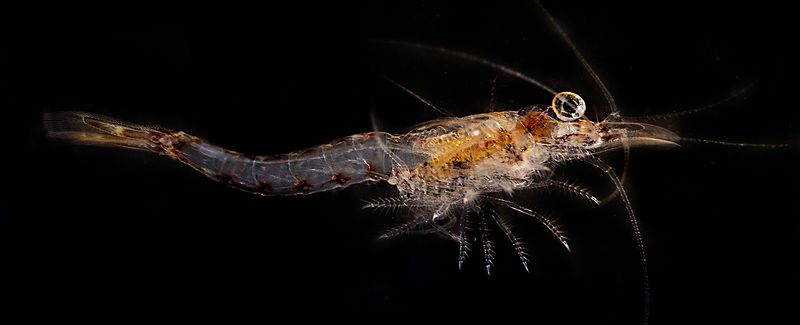
In the deep, cold lakes of North America, the Opossum Shrimp dances in the shadows. At about 2.5 cm, this translucent creature is a ghostly presence in the aquatic depths.
Despite its delicate appearance, it plays a robust role in its ecosystem. These shrimps are vital links in the food chain, bridging the world of plankton and larger fish.
Isn’t nature’s invisible web of life something to marvel at? The Opossum Shrimp is right at its heart.
13. Triops Longicaudatus (American Tadpole Shrimp)
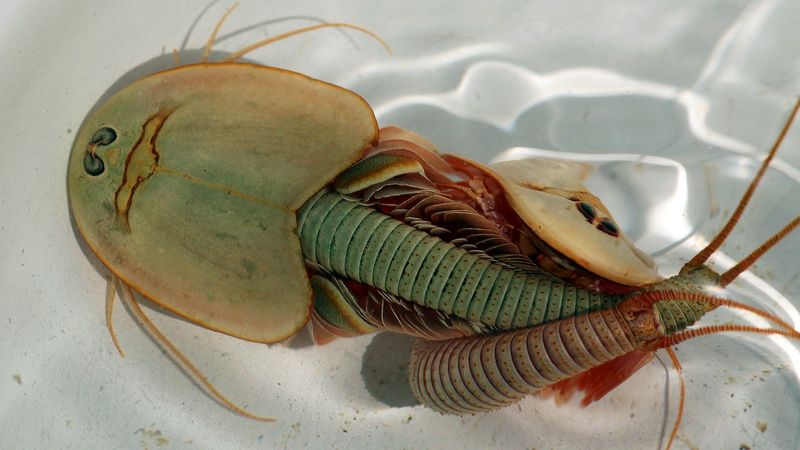
Ever wonder if ancient creatures still walk, or rather swim, among us? Meet the American Tadpole Shrimp, living fossils up to 4 cm long.
Found in ephemeral pools, they’re a glimpse into the distant past. Their lineage stretches back millions of years, making them nature’s time travelers.
Despite their size, they’re a testament to survival and adaptation. Isn’t it thrilling to know that these prehistoric shrimps share our modern world? Their presence is a living history lesson.
14. Madison Cave Isopod (Antrolana Lira)
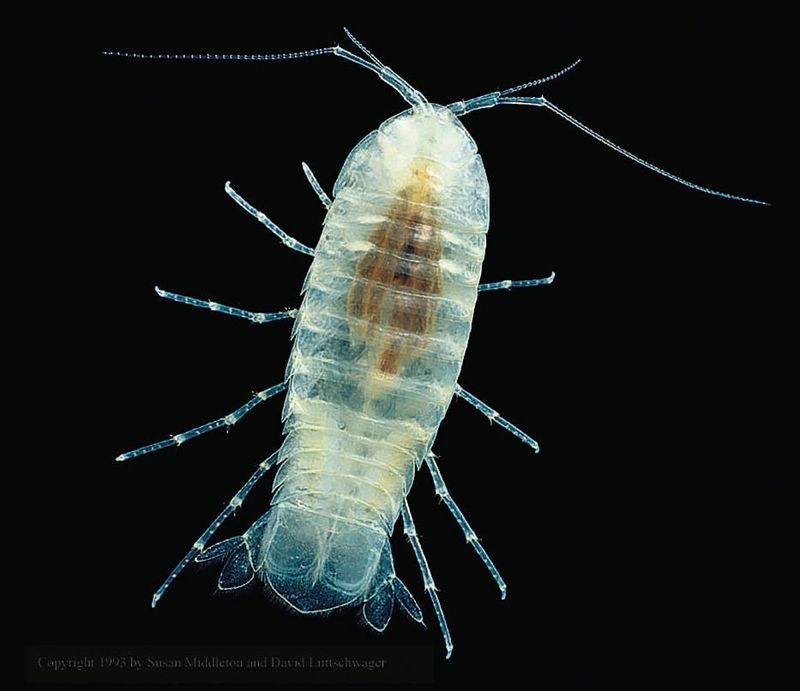
In the hidden waters of Virginia’s caves, the Madison Cave Isopod resides in quietude. Measuring around 1.5 cm, these elusive isopods are rare finds, making their home where few dare to tread.
Their existence is as mysterious as their habitat, offering a glimpse into nature’s hidden diversity. Imagine exploring a world where daylight never touches.
These isopods thrive in such shadows, each one a testament to resilience. Aren’t nature’s secretive corners filled with wonder?
15. Lee County Cave Isopod (Lirceus Usdagalun)
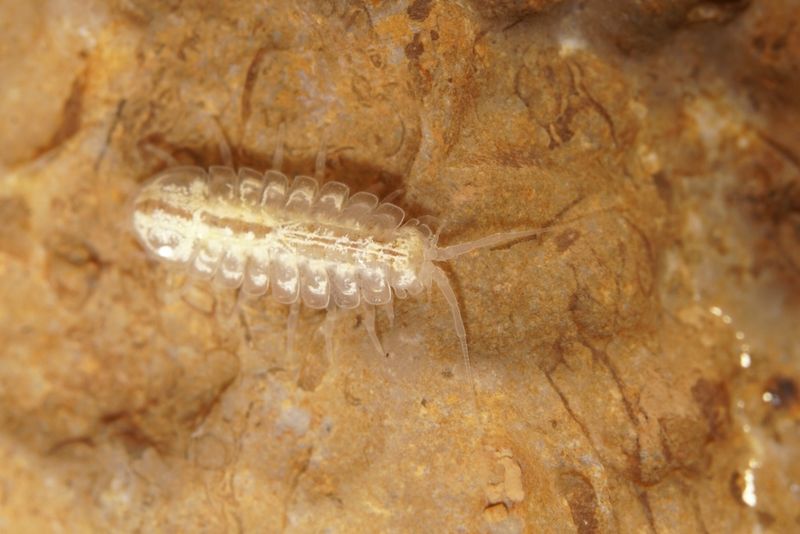
Virginia’s caves hold the threatened Lee County Cave Isopod, a hidden gem in the aquatic world. These isopods, about 1.5 cm, are a reminder of the fragility of subterranean ecosystems.
Their presence brings attention to the delicate balance required to sustain life in the shadows. While they may be small, their existence is monumental.
Isn’t it intriguing how life finds ways to persist in harsh environments? These isopods are silent champions of survival.
16. Socorro Isopod (Thermosphaeroma Thermophilum)
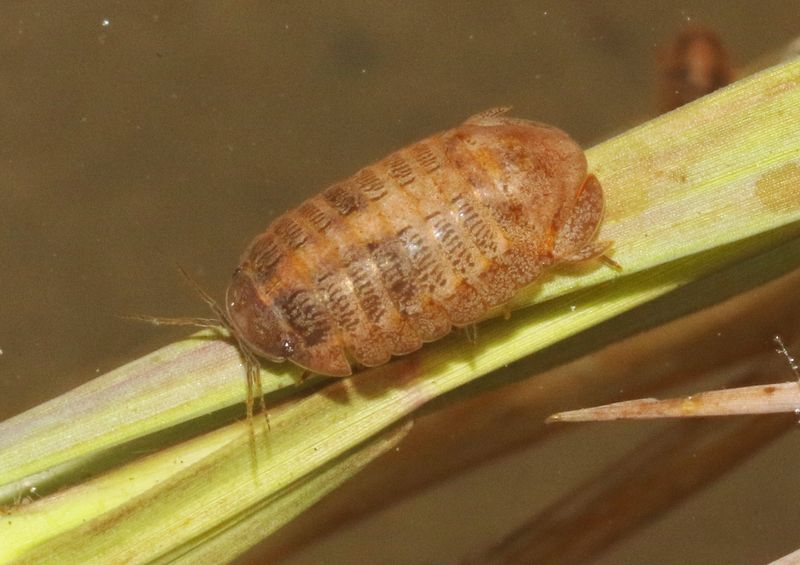
New Mexico’s thermal springs are home to the Socorro Isopod, an endearing crustacean near 1.5 cm. These isopods relish the warm, cozy waters, unlike anything else.
Their existence is a reminder of nature’s ability to carve out niches even in the most unlikely places. Imagine living in bathtub-warm waters year-round.
Isn’t it delightful how these isopods thrive in such unique conditions? Their story is one of nature’s adaptability, showing life’s persistence in every corner.






